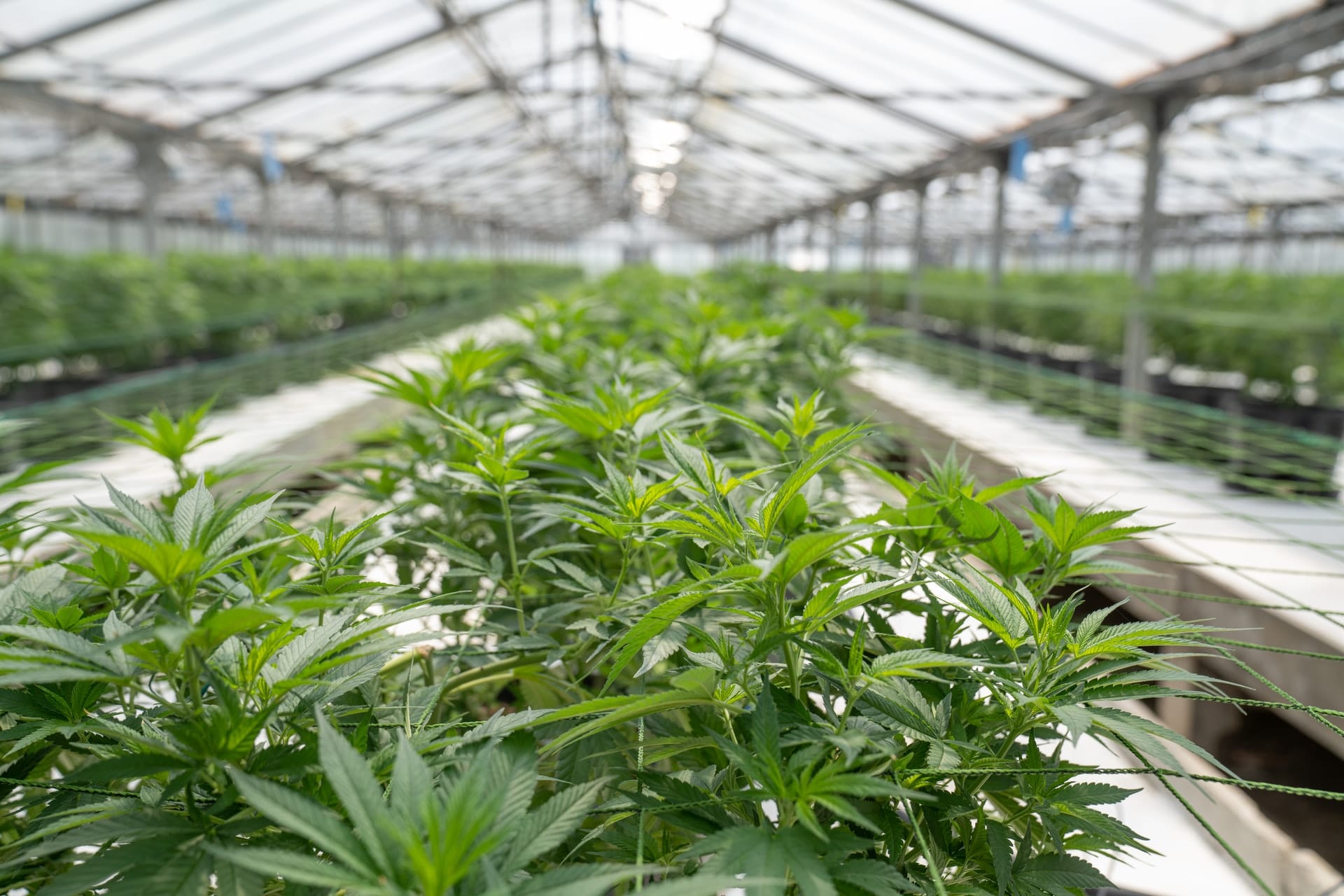
When growing marijuana, you need to know the proper nutrient ratios. Cannabis can thrive in various magical nutrient formulas as long as it has the right nutrient ratios. However, cannabis can be compromised by high or imbalanced nutrient levels in the soil. To ensure proper nutrient levels, you must balance the ground in nitrogen, phosphate, potash, calcium, magnesium, and sulfur.
Zinc
The plant can absorb zinc from the soil as a bivalent ion. This element is primarily absorbed through the epidermis of the leaves, though the branches can also soak it. Plants not fertilized with zinc-rich soil will show symptoms such as chlorosis, reduced leaf size, and necrotic leaf tips. They will also display stunted growth, fewer flowers, and rosettes. Fortunately, zinc is naturally present in tap water.
If you suspect a zinc deficiency in your cannabis plants, pay attention to the symptomatology. Your cannabis plants should show signs of improvement within a week. First, new growth should have standard color and no yellow spots. After that, the growth rate should return to normal. Alternatively, a deficiency of zinc may cause chlorosis. To prevent chlorosis, check your cannabis growing medium for pH levels. If it's too high or too low, the zinc in the soil won't reach the plant's roots.
Potassium
One of the essential nutrients for cannabis plants is potassium. This mineral helps plants grow strong, fast, and resistant to drought and other factors that can negatively impact growth. Potassium is found in compost, greensand, kelp meal, and wood ashes, which plants love because they contain so much of this nutrient. You should use these ingredients to add potassium to the soil for your cannabis plants and then water it well.
You should also provide your cannabis plants with enough calcium. This mineral is necessary for growth and reproduction. Without enough of it, the plant may be fragile, have curly leaves, and have a poor quality of buds. Potassium deficiencies can be caused by eating banana peels, too. To avoid this, read the label of any supplements you use for your plants. Some nutrients can lock other nutrients, so check the label first.
Sulfur
The amount of sulfur in a plant's diet is highly variable, but some researchers think it has an essential role in photosynthesis. As a critical element for photosynthesis, sulfur helps the plant absorb light and convert it into energy. It also plays a vital role in nitrogen metabolism, which fulfills essential functions for plants. This nutrient also increases the content of seed oil.
Insufficient amounts of sulfur in a plant's diet can cause it to suffer from various problems. For example, its leaves become brittle and smaller, and its buds may appear brown and fewer than they should be. If the deficiency is severe, the entire plant's growth may slow. In addition, a cannabis plant's woody stems will continue to grow taller but will not expand. This will result in a smaller plant than average and a slower flowering time.
Calcium
Although we don't see calcium in our daily diet, our marijuana plants need it to thrive. This micronutrient is essential for healthy plant parts and the stimulation of enzymes that protect them from heat stress. Additionally, calcium promotes respiration, regulates the activity of hormones and enzymes, and is involved in gene expression. Therefore, while we do not need to feed our cannabis plants in large quantities, we should start with minimal nutrients when they're seedlings or cuttings.
When a cannabis plant is deficient in calcium, it shows more visible symptoms than toxicity:
- It may appear yellow or hollow. It may also exhibit signs of decay and slimy root rot.
- A calcium-deficient cannabis plant may not grow as well, impacting its new growth, flower production, and harvest.
- Deficient plants cannot regulate heat, make fresh leaves, or produce buds.
As a result, they can also be vulnerable to pests and diseases.
Magnesium
If your plant is suffering from a magnesium deficiency, it may be challenging to determine precisely where it is deficient. Fortunately, there are a few easy ways to correct this problem. Checking the pH of the root zone is the first step in solving a magnesium deficiency. If the soil pH is too low, the roots can't absorb the necessary magnesium. You want to keep the soil pH between 6.0 and 7.0.
If your plant is not getting enough magnesium, the problem is often in the soil. A magnesium deficiency will show up in new growth, so it's critical to check the pH level of your soil. You can also use a magnesium foliar spray. This spray is a great way to get magnesium directly to the roots of your plants. Just be sure to follow the instructions for use, which can vary from brand to brand.
You may also like
CBD For Fibromyalgia: Does It Help?
Cannabis Anatomy 101: Find the Right Plant for Your Needs
Why Look Upon Marijuana Delivery Services?
Benefits Of Cannabis Nobody May Have Told You About
